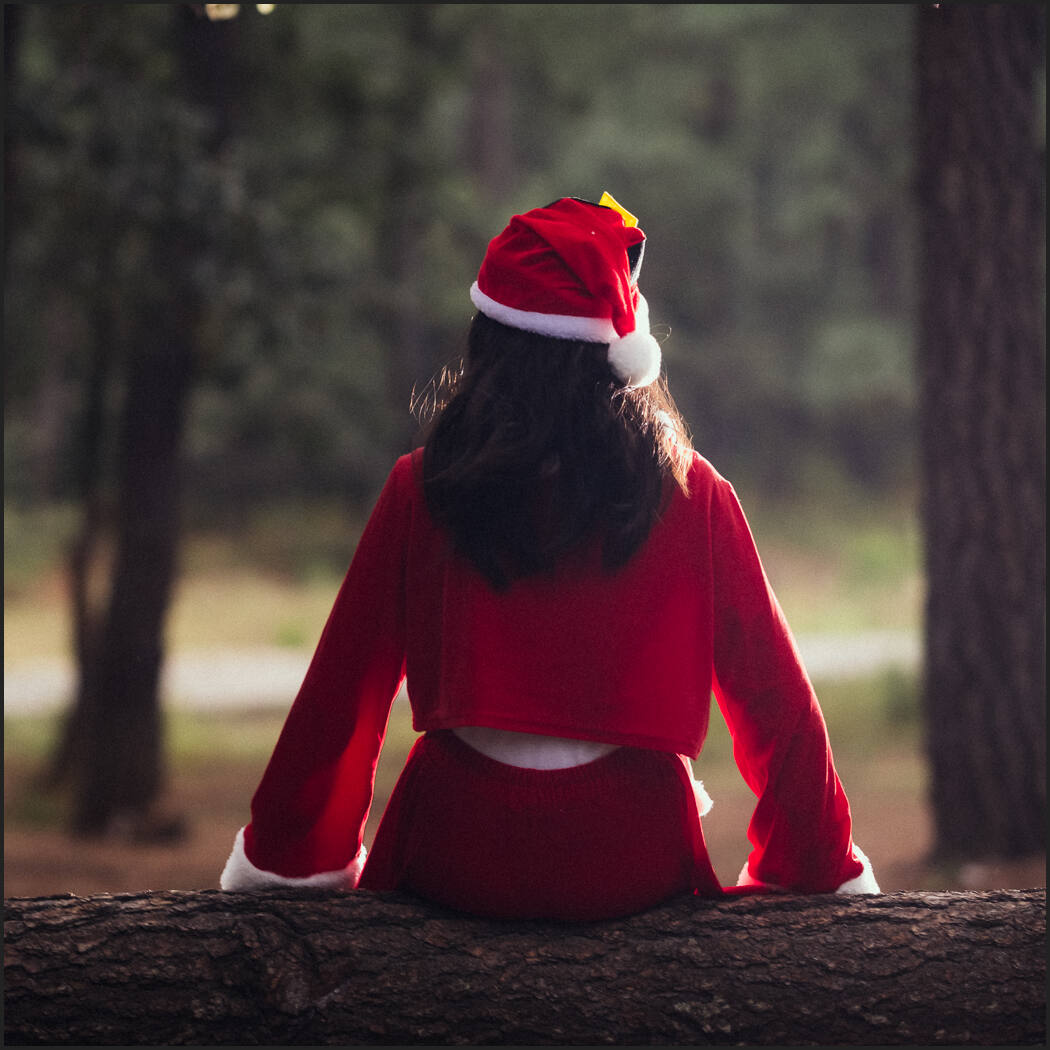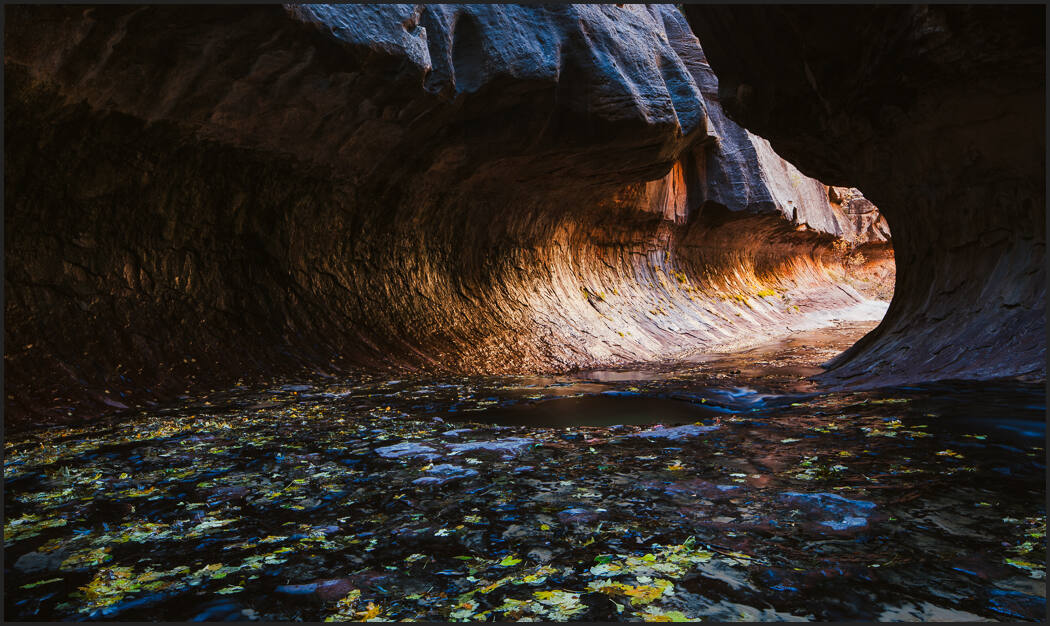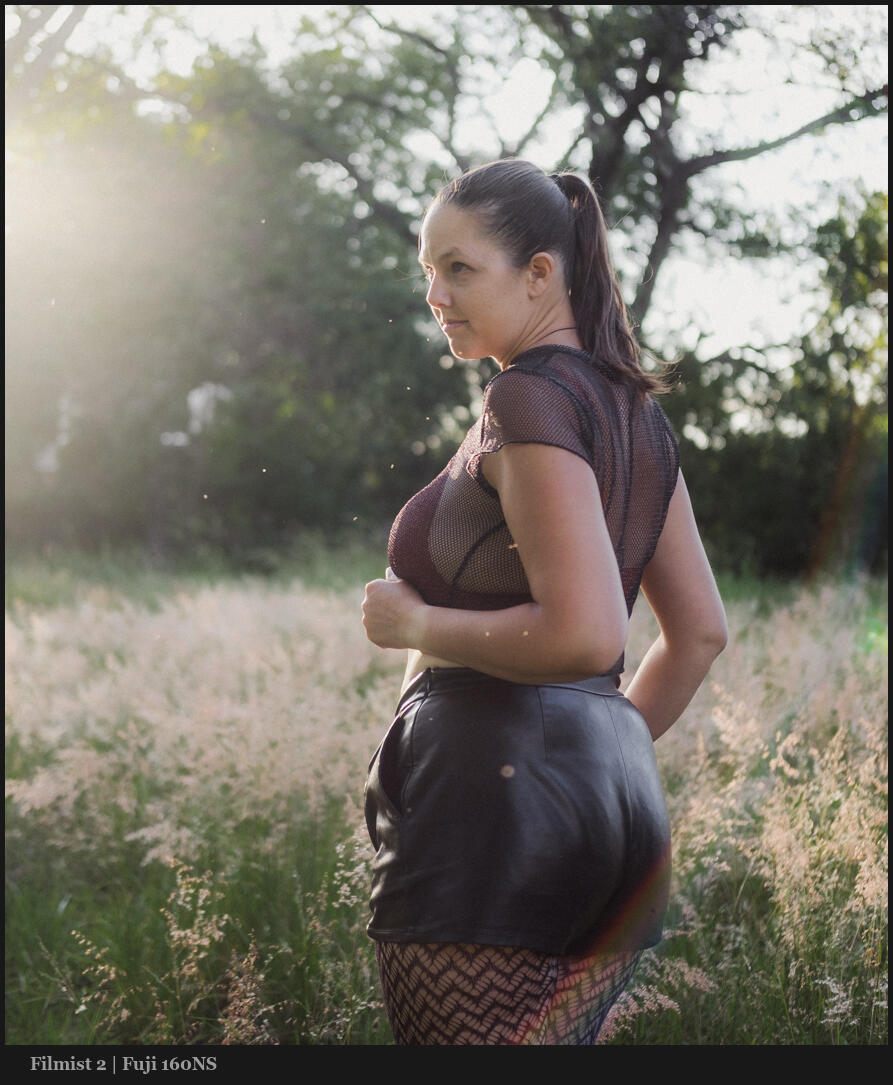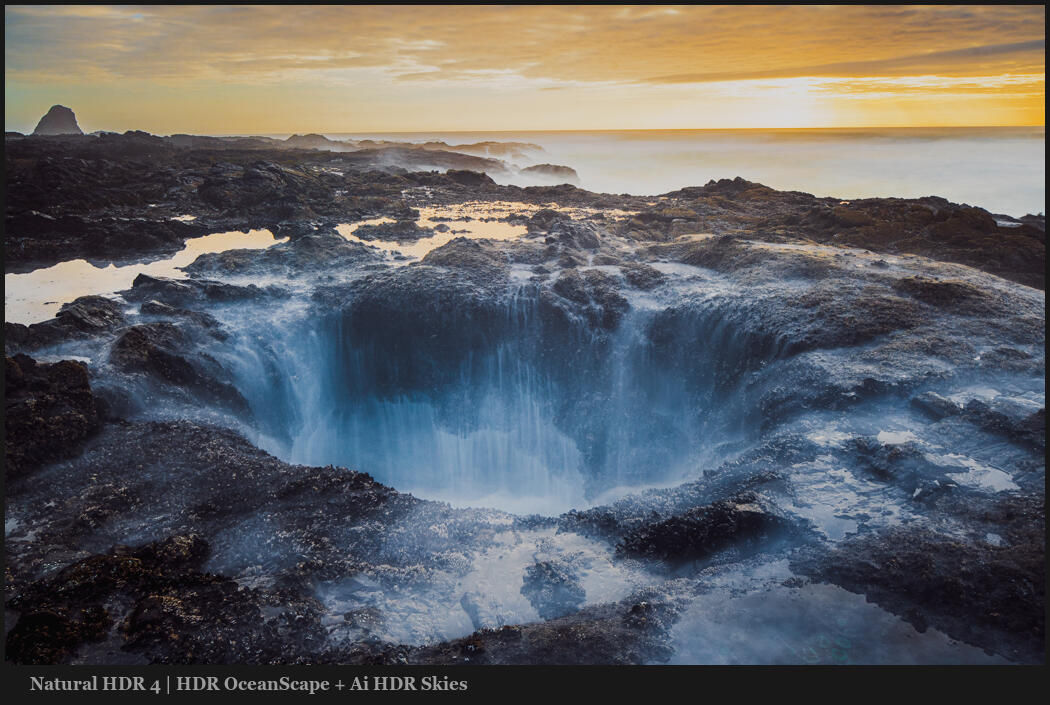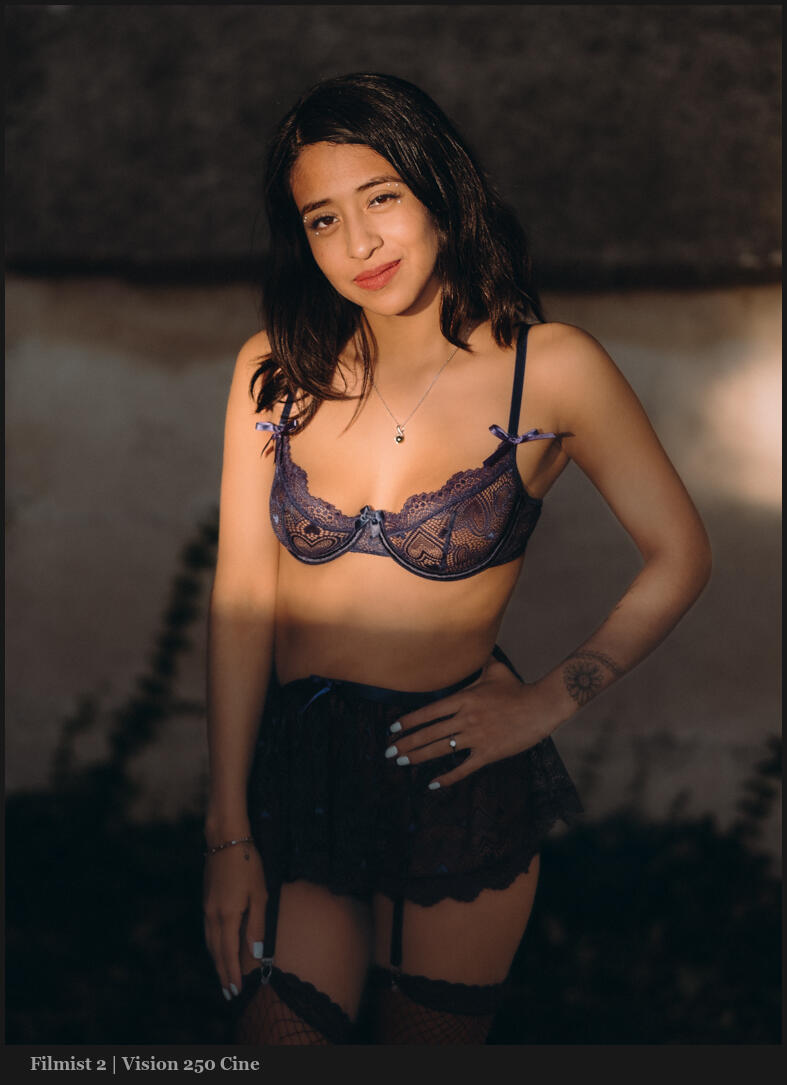There are a lot of influencers talking about DXO PhotoLab 8. But most of those are sponsored videos or affiliates. This is 100% not. and today we do a no-nonsense review for pros.
Photo Lab 8 is subscription-free. But is it good? We’re gonna test it.
You can download a trial of Photo Lab Here. I’m also testing creating PowerFlow 8 for DXO. Good presets will help here. You can also use LUTS from packs like Filmist 2 in DXO.
Features and Price of DXO Photo Lab 8 vs Lightroom VS Capture One
There’s no doubt that at $10 USD per month, LR+PS which also includes cloud and a great mobile app is the most bang for the buck. But it also comes with being stuck in the Adobe ecosystem.
Capture One is another option that’s at this point pretty much subscription only. But it’s is good. While it lacks the advanced noise reduction of DXO Photo lab, Capture One is more like Lightroom in terms of overall developed features. But Lightroom is still ahead in terms of extra modules, export tools, and AI-powered selections.
But at $229 as of this writing, you could get Adobes PS and LR combo for nearly two years!
Are apps like DXO Photo Lab 8 getting better?
Paying more is not always bad. But we need to be given something special in return. The presets and actions I make here and not cheap. But they are true master-grade tools supported by my own time and energy and always listening to customers’ need.
Sadly this is not usually the case in larger software combines like DXO, Phase One, Adobe etc. They do what they think will make them more money and often they are out of touch.
Users keep telling DXO the basic features they need to improve like I did in my DXO Photo Lab 7 review, but the focus of development gets put on features that advertise better on new releases.
To be honest, Photo Lab 8 is much different than Photo Lab 7 and most of the complaints I had that are holding it back are still not fixed.
Time to play catch up tea.
Adobe is ahead in so many areas. Most RAW apps like DXO and Neo are behind in image processing features and then new features that will soon be requirements for pros like Content Credentials now integrated into the 1015 version of LR.
DXO, C1, and others don’t have to match Adobe features for the feature to be good. But they need to listen a lot closer to what the photographers using their product are saying and stop living in the echo chamber of what affiliates and fans are saying.
I rejected DXO sponsorship at this point not because I am against them. I am rooting for them. But I want to be able to say everything without bias
What’s next? You decide after watching my video above and tell me what you think.
Gavin Seim



